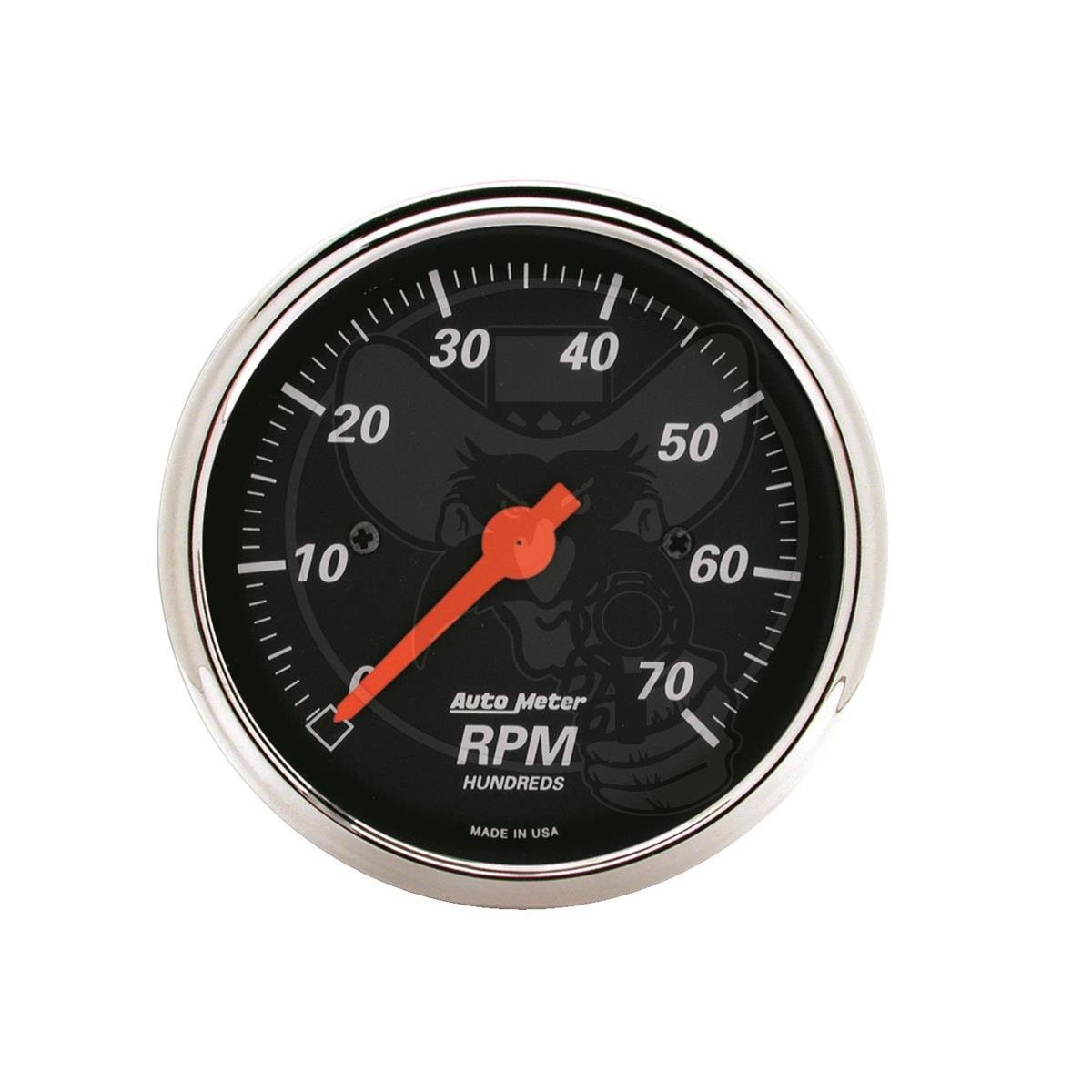The Benefits of Mounting a Tachometer in Your Vehicle
The Benefits of Mounting a Tachometer in Your Vehicle
Blog Article
Opening the Keys of Tachometers: Every Little Thing You Need to Know Regarding This Important Tool in Your Automobile
Recognizing the details of tachometers can offer useful understandings right into your automobile's performance and upkeep needs. From measuring engine rate to decoding the data it presents, tachometers function as a critical tool for vehicle owners and fanatics alike. By unwinding the mysteries behind this crucial tool, you can unlock a wide range of information that can boost your driving experience and make certain the longevity of your car.
Significance of Tachometers
The relevance of tachometers lies in their capacity to provide crucial real-time data about an engine's rotational rate, permitting specific surveillance and upkeep of equipment. By determining the revolutions per min (RPM) of an engine's crankshaft, tachometers offer beneficial understandings into the engine's performance - tachometer. This data is important for making certain that the engine operates within its optimal range, avoiding potential damage from over-revving or underperforming
Tachometers play a crucial role in helping drivers and professionals identify any kind of abnormalities in the engine's rate, which could suggest concerns such as gas ineffectiveness, mechanical problems, or excessive pressure on the engine. By immediately identifying these problems through tachometer analyses, upkeep can be carried out proactively, preventing expensive repairs and downtime in the future.
Additionally, tachometers are specifically critical in high-performance vehicles and equipment, where accurate control over engine speed is necessary for ideal procedure. Competing automobiles, aircraft, and industrial tools count on tachometers to supply peak efficiency while preserving security requirements. Essentially, tachometers are not simply tools for measuring speed however vital tools for ensuring the smooth and efficient operation of engines across different applications.
How Tachometers Action Engine Rate
Utilizing sensors that discover the frequency of electric pulses created by the engine's ignition system, tachometers accurately measure the rotational speed of an engine. By checking the price at which these pulses are received, tachometers offer real-time comments on just how quickly the engine's crankshaft is revolving per minute, commonly referred to as transformations per min (RPM)
The tachometer's sensing unit, usually linked to the engine's ignition coil or stimulate plug cables, gets the electric signals generated each time a cylinder fires. These signals are then exchanged RPM analyses displayed on the scale or instrument cluster within the vehicle driver's view. Tachometers can be analog or digital, with contemporary cars frequently featuring digital screens for specific and instant RPM analyses.
This info is vital for vehicle drivers to understand the engine's performance, stop over-revving, maximize gear shifting, and make certain reliable fuel usage. By properly gauging engine rate, tachometers play a vital function in helping motorists run their automobiles securely and effectively.
Interpreting Tachometer Readings
Having a clear understanding of just how tachometers determine engine rate establishes the check my reference foundation for effectively interpreting the RPM analyses displayed. Interpreting tachometer readings is important for ideal car performance and engine wellness. RPM (Revolutions Per Min) analyses on the tachometer indicate the speed at which the engine's crankshaft is rotating. When the engine is idling, the tachometer needle normally relaxes around 600-1000 RPM, depending upon the car. As you speed up, the RPM will certainly increase, showing the engine's higher rotational speed. When shifting gears in a hand-operated transmission car, the RPM will certainly drop as you involve the clutch and modification equipments, after that increase once more as you increase in the new gear. Keeping an eye on the tachometer can assist you determine one of the most effective moving indicate take full advantage of fuel economy and engine power. Furthermore, irregular changes or consistently high RPM analyses could suggest potential problems with the engine that may require specialist attention. By focusing on the tachometer readings and comprehending just how to interpret them, you can guarantee your lorry operates smoothly and efficiently.


Tips for Using Tachometers Properly
To improve driving efficiency and enhance engine performance, what helpful resources secret methods can be carried out for effectively utilizing tachometers? Tachometers are important devices that give real-time responses on engine rate, enabling motorists to make informed choices for far better performance - tachometer. Here are some tips for making use of tachometers properly:
Recognizing Ideal RPM Variety: Familiarize yourself with the optimal RPM (Transformations Per Minute) array for your automobile. Maintaining the engine within this variety can enhance gas efficiency and prolong the engine's life expectancy.
Changing Equipments at the Right Time: Utilize the tachometer to figure out the best time to change equipments. Goal to shift equipments when the RPM reaches the optimum array for the next gear.
Monitoring Engine Tension: High RPMs for prolonged durations can strain the engine. Keep an eye on the tachometer to stop over-revving, especially throughout velocity or when carrying hefty loads.
Tachometers and Car Maintenance
When considering lorry maintenance, tachometers play a critical function in keeping track of engine efficiency and identifying possible problems. Tachometers provide necessary information on engine rate, permitting motorists and auto mechanics to make certain that the engine is operating within the recommended RPM variety. On a regular basis keeping track of the tachometer analyses can help recognize issues such as engine misfires, worn-out ignition system, or problems with the fuel shipment system. By taking note of the tachometer, motorists can avoid excessive strain on the engine, which can bring about pricey fixings down the line.
In enhancement to spotting possible problems, tachometers can likewise assist in optimizing best site gas effectiveness. By maintaining the engine speed within the optimal range, drivers can enhance their gas mileage and reduce fuel consumption. This not only profits the motorist's purse however likewise adds to ecological conservation by decreasing unsafe emissions.
Conclusion

Report this page